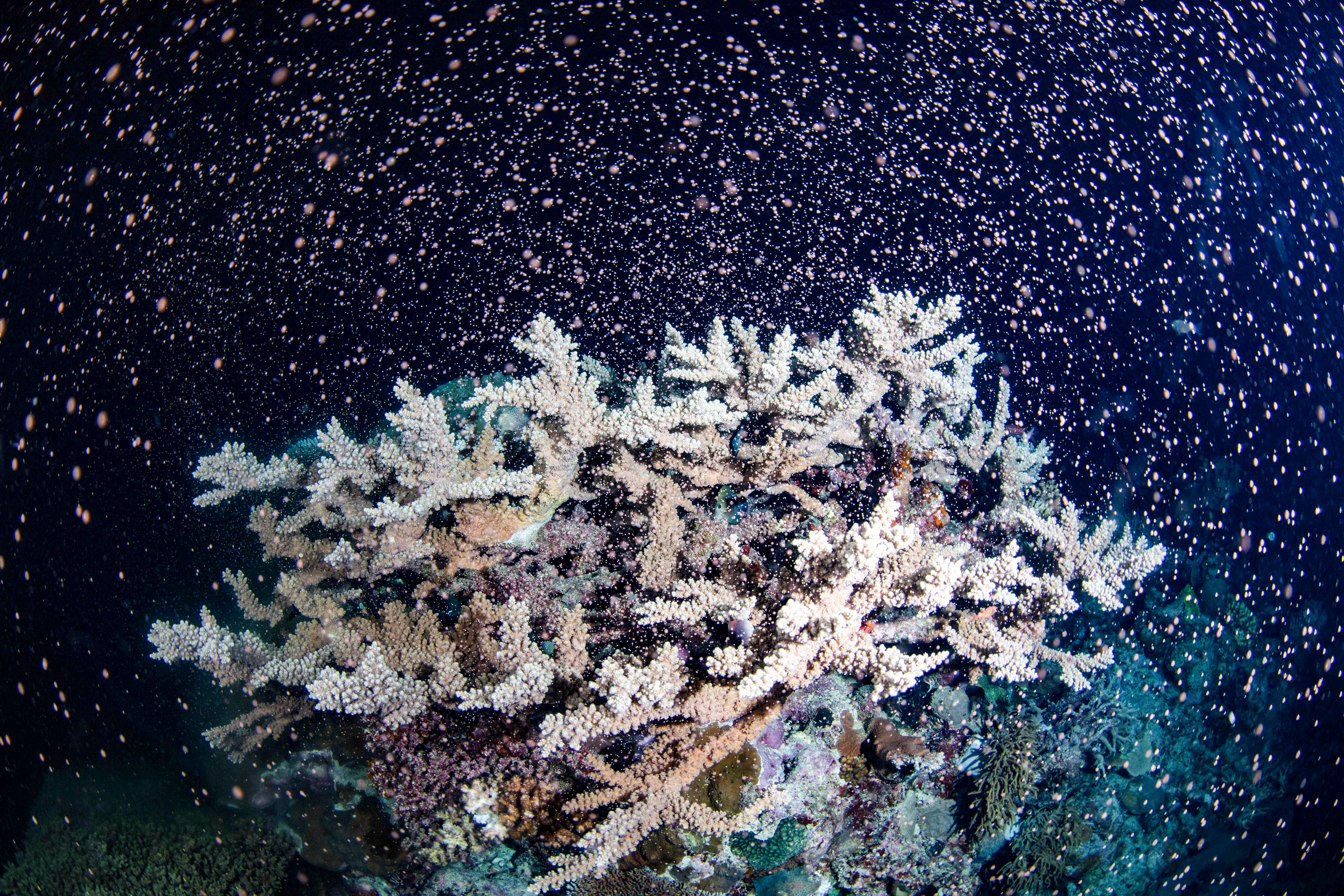Australia’s Great Barrier Reef erupts in colour as corals spawn
Australia’s Great Barrier Reef is spawning in an explosion of color as the World Heritage-listed natural wonder recovers from life-threatening coral bleaching episodes

Australia’s Great Barrier Reef is spawning in an explosion of color as the World Heritage-listed natural wonder recovers from life-threatening coral bleaching episodes.
Scientists on Tuesday night recorded the corals fertilizing billions of offspring by casting sperm and eggs into the Pacific Ocean off the Queensland state coastal city of Cairns.
The spawning event lasts for two or three days.
The network of 2,500 reefs covering 348,000 square kilometers (134,000 square miles) suffered significantly from coral bleaching caused by unusually warm ocean temperatures in 2016, 2017, and last year. The bleaching damaged two-thirds of the coral.
Gareth Phillips, a marine scientist with Reef Teach, a tourism and educational business, is studying spawning as part of a project to monitor the reef’s health.
“It is gratifying to see the reef give birth,” Phillips said in a statement on Wednesday. “It’s a strong demonstration that its ecological functions are intact and working after being in a recovery phase for more than 18 months.”
“The reef has gone through its own troubles like we all have, but it can still respond — and that gives us hope. I think we must all focus on the victories as we emerge from the pandemic,” Phillips added.
Bookmark popover
Removed from bookmarks